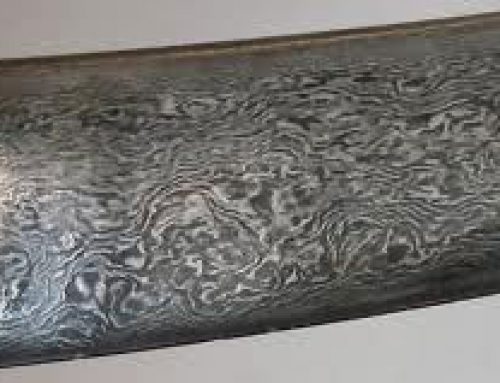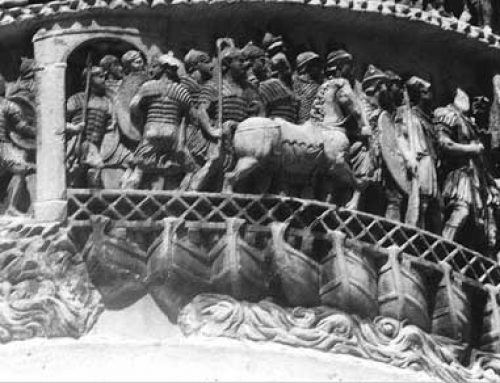
Chinese seismograph (132 AD)(thanks to National Geographic)
Earthquakes are a big problem in China, where there are many earthquakes, and often strong ones. Under the Han Dynasty, a man called Zhang Heng invented the first seismograph in the world – the first way to record an earthquake.
Zhang Heng’s seismograph was a bronze jar about three feet across, with eight small dragons perched on it. Each dragon had a ball balanced in his mouth. When there was an earthquake, the closest dragon’s mouth would open, letting the ball drop into the mouth of a waiting frog. This showed what direction the earthquake was coming from. Zhang Heng’s seismograph could tell what direction an earthquake was coming from up to 500 kilometers (310 miles) away.
Learn by Doing – Making a Seismograph
More about earthquakes
More about China’s environment
Bibliography and further reading about Chinese science:
Science in Ancient China, by George Beshore (1998). .
The Joy of Pi, by David Blatner (1999). It’s not all about ancient China, but some of it is. For teenagers.
Ancient China: 2,000 Years of Mystery and Adventure to Unlock and Discover (Treasure Chest), by Chao-Hui Jenny Liu (1996). Lots of activities , including a Chinese calligraphy set.
Zero: The Biography of a Dangerous Idea, by Charles Seife and Matt Zimet (2000).




